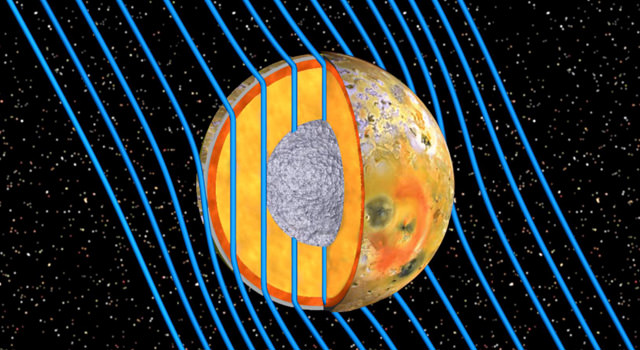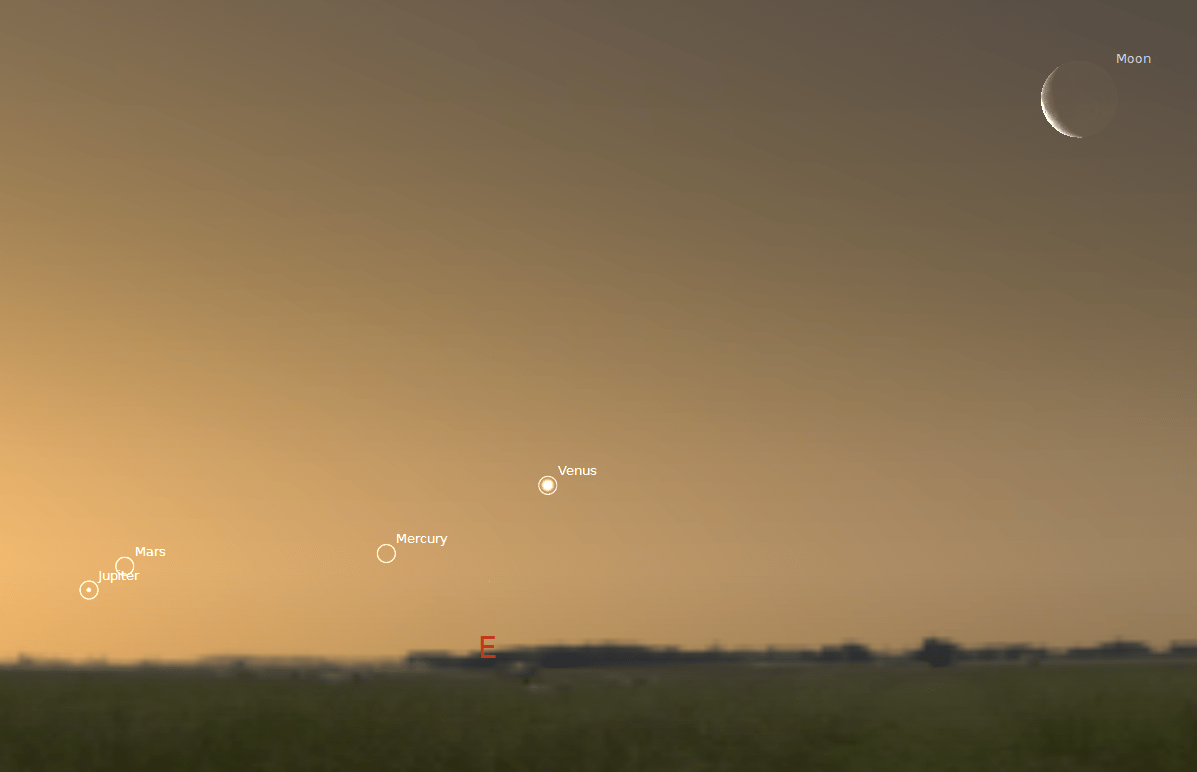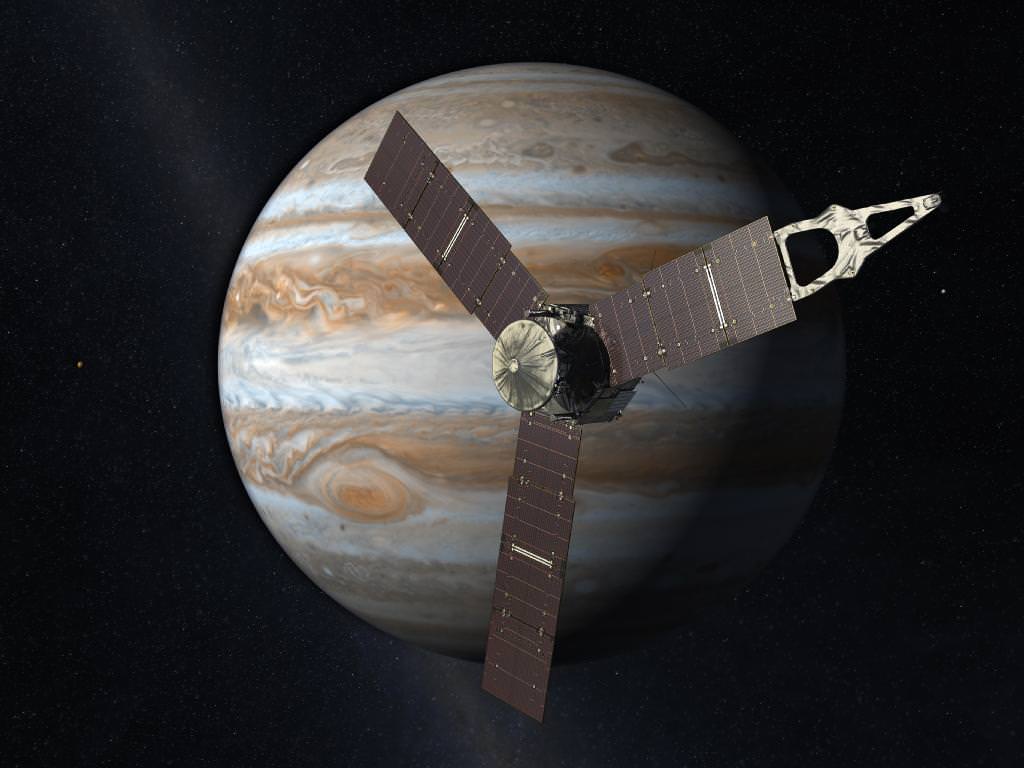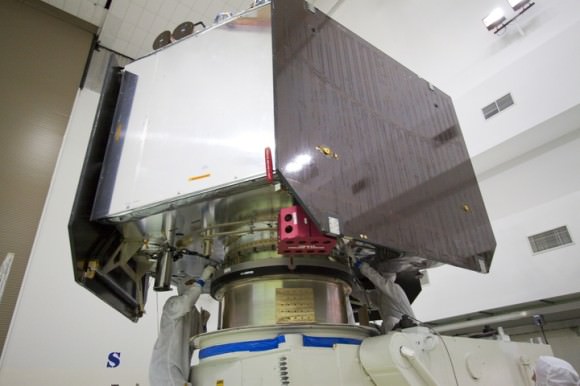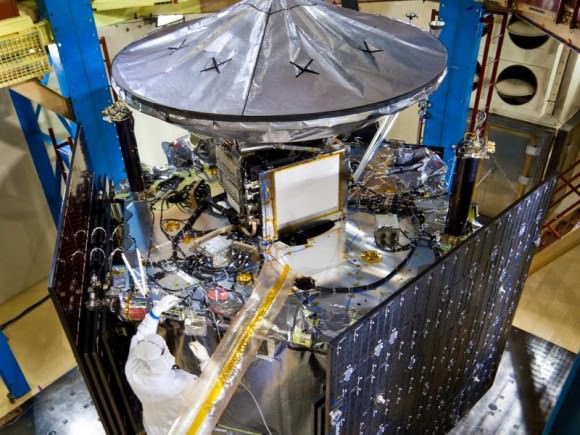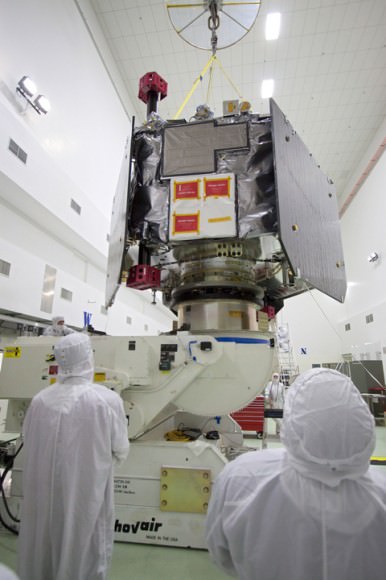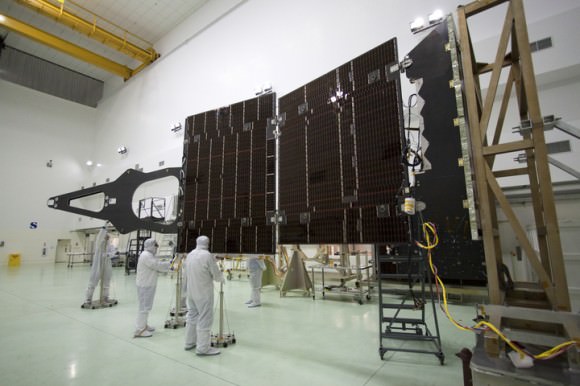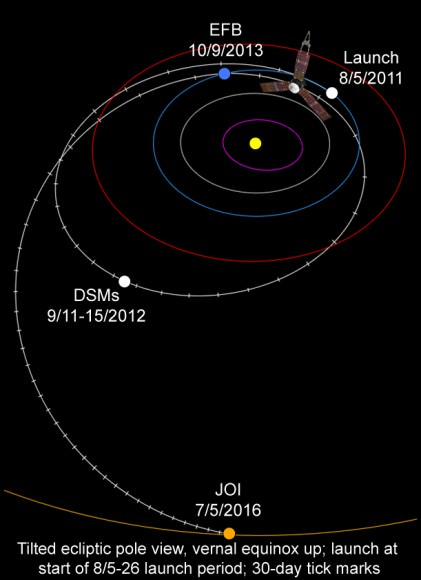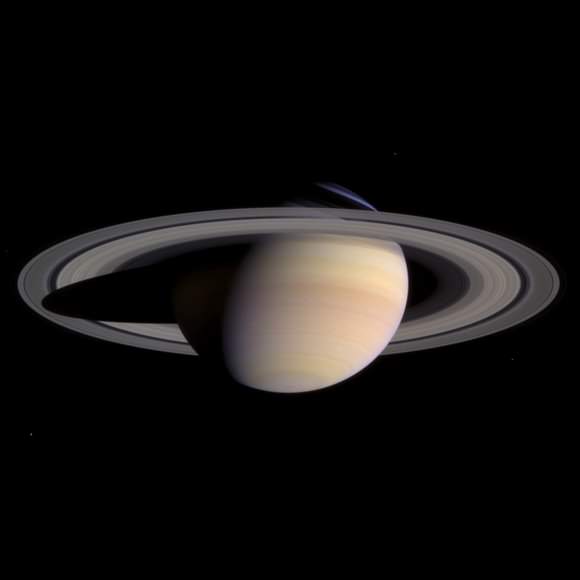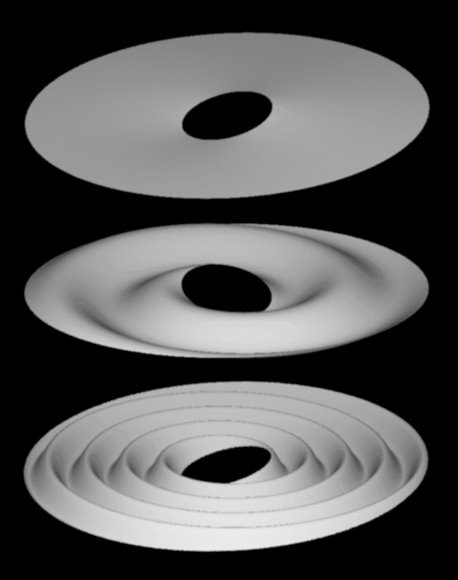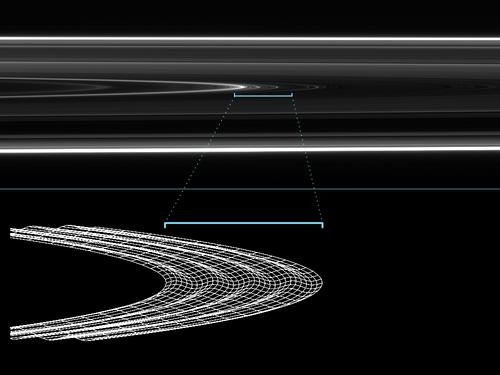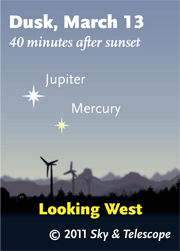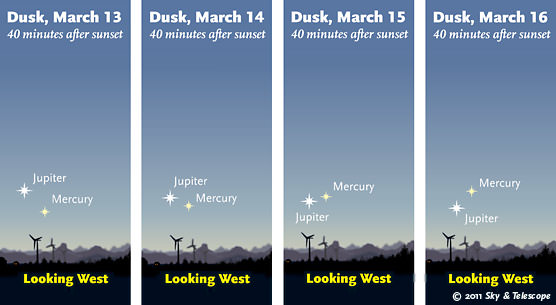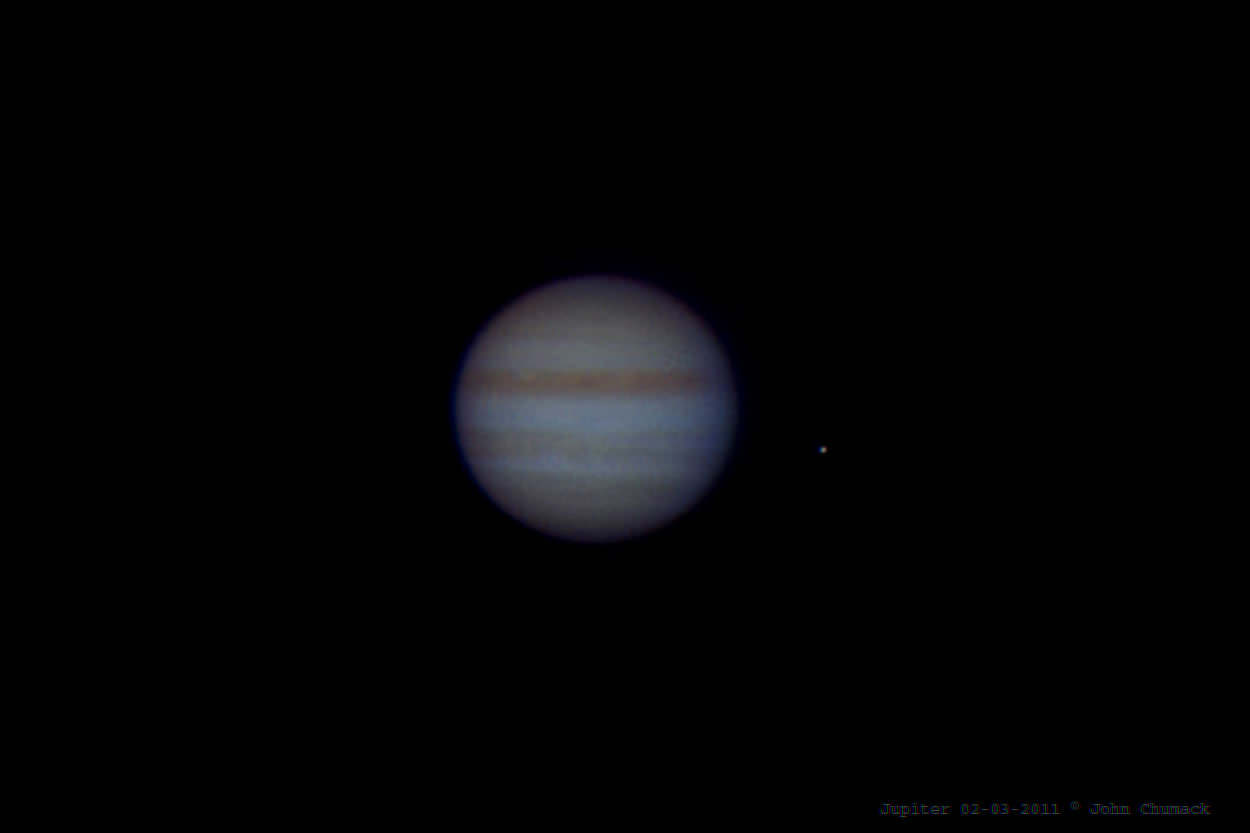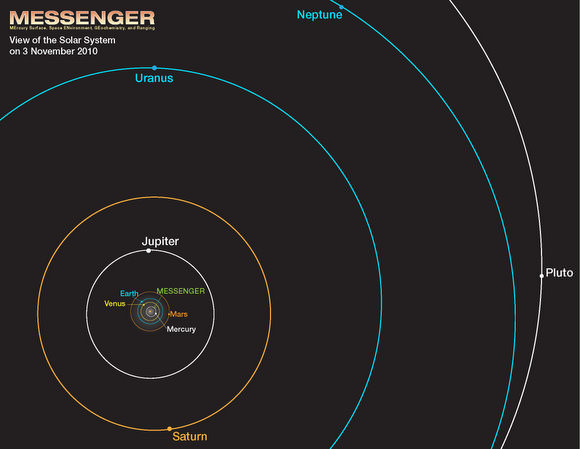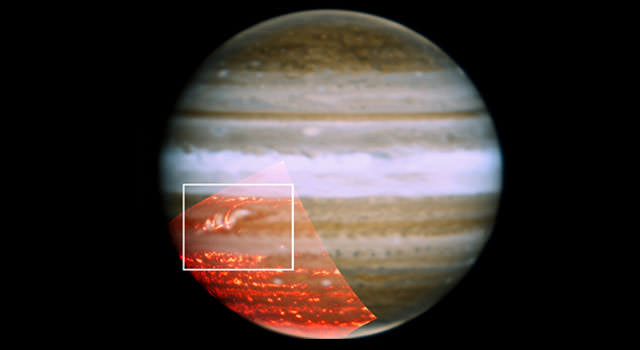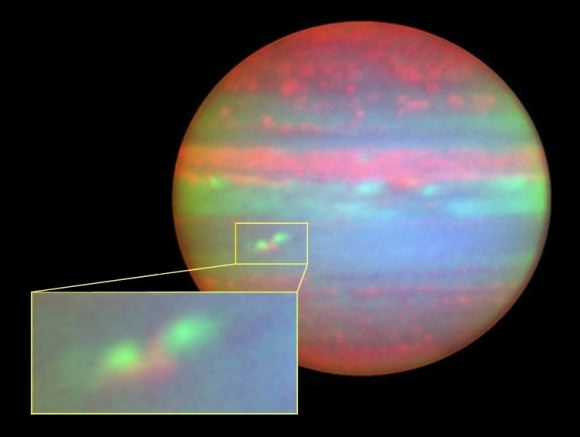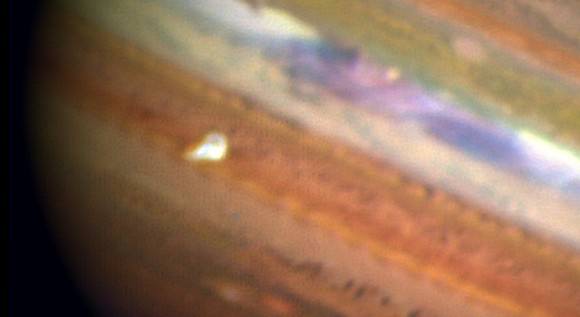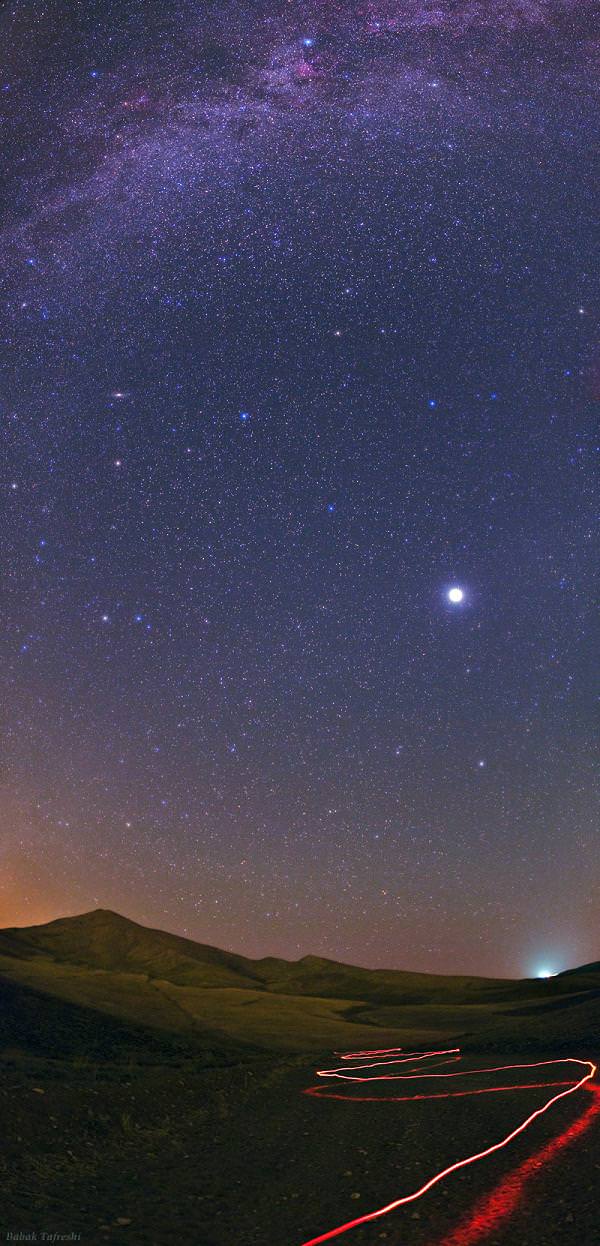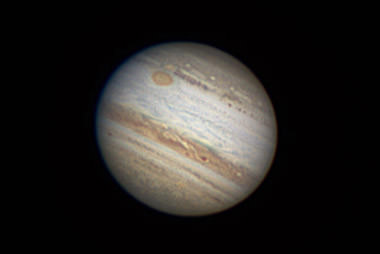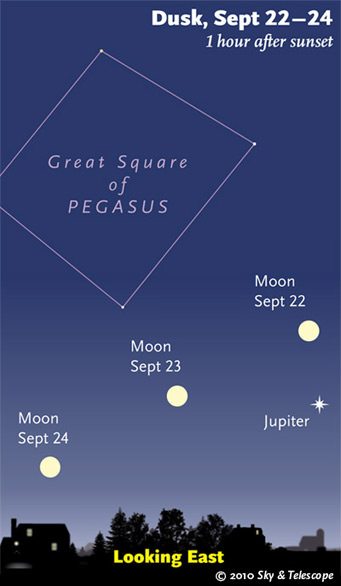[/caption]
Proving that old data never dies, scientists have found something new about Jupiter’s moon Io using data gathered during the Galileo mission, which orbited Jupiter from 1995-2003. New analysis reveals a subsurface ocean of molten or partially molten magma beneath the surface of the volcanic moon, which is the first direct confirmation of this kind of magma layer at Io. Scientists say the molten subsurface ocean explains why the moon is the most volcanic object known in the solar system.
“Scientists are excited we finally understand where Io’s magma is coming from and have an explanation for some of the mysterious signatures we saw in some of the Galileo’s magnetic field data,” said Krishan Khurana, from the University of California, Los Angeles, and lead author of the study published in Science. Khurana was a former co-investigator on Galileo’s magnetometer team at UCLA. “It turns out Io was continually giving off a ‘sounding signal’ in Jupiter’s rotating magnetic field that matched what would be expected from molten or partially molten rocks deep beneath the surface.”
Amazingly, Io produces about 100 times more lava each year than all the volcanoes on Earth, and the new study shows that a global magma ocean exists about 30 to 50 kilometers (20 to 30 miles) beneath the moon’s crust. This explains why Io’s volcanoes are distributed all around its surface, unlike Earth’s volcanoes that occur in localized hotspots like the “Ring of Fire” around the Pacific Ocean.
The volcanoes on Io were discovered in 1979 by Linda Morabito, an optical navigation engineer working on the Voyager mission. Looking at images that were to be used for navigating Voyager, Morabito noted what appeared to be a crescent cloud extending beyond the edge of Io. After conferring with her colleagues, they realized that since Io has no atmosphere, the cloud rising hundreds of kilometers above the surface must be evidence of an incredibly powerful volcano.
The energy for the volcanic activity comes from the squeezing and stretching of the moon by Jupiter’s gravity as Io orbits the largest planet in the solar system.
Galileo was launched in 1989 and began orbiting Jupiter in 1995. Scientists noticed unexplained signatures in magnetic field data from Galileo flybys of Io in October 1999 and February 2000.
“During the final phase of the Galileo mission, models of the interaction between Io and Jupiter’s immense magnetic field, which bathes the moon in charged particles, were not yet sophisticated enough for us to understand what was going on in Io’s interior,” said Xianzhe Jia, a co-author of the study at the University of Michigan.
Recent work in mineral physics showed that a group of rocks known as “ultramafic” rocks become capable of carrying substantial electrical current when melted. Ultramafic rocks are igneous in origin, or form through the cooling of magma. On Earth, they are believed to originate from the mantle. The finding led Khurana and colleagues to test the hypothesis that the strange signature was produced by current flowing in a molten or partially molten layer of this kind of rock.
Tests showed that the signatures detected by Galileo were consistent with a rock such as lherzolite, an igneous rock rich in silicates of magnesium and iron found in Spitzbergen, Norway. The magma ocean layer on Io appears to be more than 50 kilometers (30 miles thick), making up at least 10 percent of the moon’s mantle by volume. The blistering temperature of the magma ocean probably exceeds 1,200 degrees Celsius (2,200 degrees Fahrenheit).
In the animation above, Io is bathed in magnetic field lines (shown in blue) that connect the north polar region of Jupiter to the planet’s south polar region. As Jupiter rotates, the magnetic field lines draping around Io strengthen and weaken. Because Io’s magma ocean has a high electrical conductivity, it deflects the varying magnetic field, shielding the inside of the moon from magnetic disturbances. The magnetic field inside of Io maintains a vertical orientation, even as the magnetic field outside of Io dances around. These variations in the external magnetic field signatures enabled scientists to understand the moon’s internal structure. In the animation, the magnetic field lines move with Jupiter’s rotation period of about 13 hours in Io’s rest frame.
Io is the only body in the solar system other than Earth known to have active magma volcanoes, and it has been suggested both the Earth and its moon may have had similar magma oceans billions of years ago at the time of their formation, but they have long since cooled.
“Io’s volcanism informs us how volcanoes work and provides a window in time to styles of volcanic activity that may have occurred on the Earth and moon during their earliest history,” said Torrence Johnson, a former Galileo project scientist who was not directly involved in the study.
The Galileo spacecraft was intentionally sent into Jupiter’s atmosphere in 2003 to avoid any contamination of any of Jupiter’s moons.
Source: JPL

